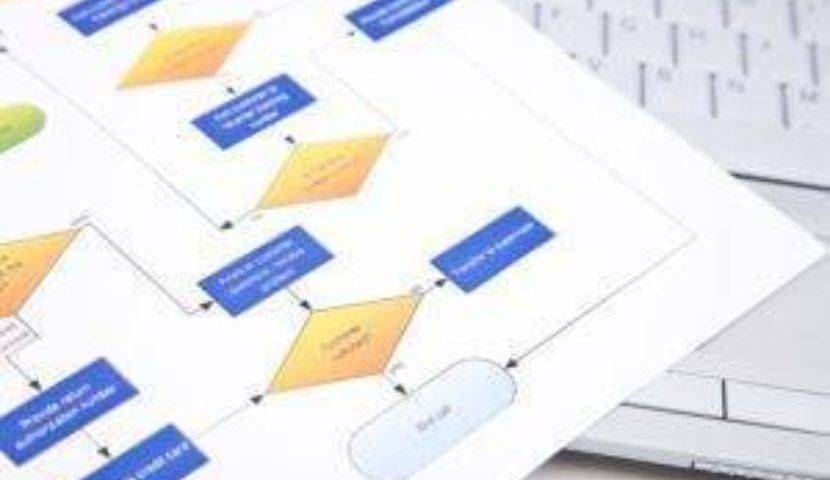We blog regularly about the benefits an organization can derive from Business Improvement processes (BPI) and the initial steps required to set up the project for success. The steps of a BPI we have covered so far include the following:
- Choosing the right team leader
- Picking a team of high performing risk-takers to work with this leader
- Setting a performance baseline to create a starting point for the project
- Documenting the current state processes with a detailed process map
- Identifying the many non-value added (NVA) activities that make up the existing business processes

At this point in enterprise project management, the team has begun to develop supporting relationships and gel as a team. They have a regular meeting schedule and have likely tested senior management’s support of their empowerment. The team has also developed a solid understanding of the current state of the organization’s business practices. As has been said many times over the years, if you’re going to make a journey you need to know where you are going.
How to Streamline Your Business Improvement Processes
Typical teams understand the waste involved in many of the existing business improvement processes. They also may understand how some of this waste can be removed by simple and straight-forward changes such as:
- Re-sequencing steps in a process
- Simplifying or eliminating forms
- Removing levels of approval implemented in the past to reduce risk or add control
- Re-arranging office or production layouts
These ideas are the low-hanging fruit and should be addressed as short-focused projects with near term completion dates. The concept of Kaizen/Rapid Improvement events is well-documented in business literature. But what about the business improvement process that will require new ERP software or other business management systems? These may require a level of understanding the team may not possess.
The team leader should research the many books that have been written on this subject. In addition, many webinars have been published and are available in the public domain. Ultra Consultants regularly schedules public webinars that can be a significant help in sharing the potential offered by modern ERP systems.
Defining the Future State
With projects beginning to address the low-hanging fruit and understanding the potential offered by modern ERP systems, the team is now ready to define the future state. The team should review in detail the current state process maps covering the following cross-functional processes:
- Design to Launch
- Quote to Order
- Order to Cash
- Plan to Produce
- Procure to Pay
The team should look at steps in the current state processes that are eliminated by the business improvement processes defined previously and documented in the Activity Matrix we discussed in a previous blog addressing the topic addressing business process improvement.
Next, they should ask what steps could be eliminated by implementing a modern ERP system. These could include emails created and sent to obtain approvals or communicated completion of process steps. Many of these non-value added processes are readily identified by spreadsheets that employees have created or maintained to supplement shortcomings of the existing system. Look for the use of Microsoft Excel throughout your organization. This is a dead giveaway of existing wasteful practices.
Analyzing Potential Business Improvement Processes
Beyond looking at wasteful practices that currently exist, the team should discuss what processes are currently done outside the formal system or what types of value-adding activities could be brought in-house. These include processes currently outsourced, but can also include tasks customers take on themselves because your company is not offering them today. Taking these tasks on to free up your customer’s time can be a significant selling point showing how your firm is committed to helping its customers.
The final step is to thoroughly document the future state process and communicate the newly designed process to the rest of the organization in formal sessions. The team has likely covered a significant level of the improvement potential that exists, but there is a pretty good chance employees who aren’t on the core team will see further possible improvements.
There is additional value here. Sessions like this also provide senior management with a forum to communicate in a strong manner that jobs will not be lost as a result of the improvement process. This clear statement communicated verbally and perhaps followed up in a written communication is critical to allay any fears of job loss that may exist.
The next step in this BPI process is to quantify what the defined performance improvements will mean to company performance.
Table of Contents
More ERP material...
AI in Food and Beverage Manufacturing
Discover how AI is revolutionizing food and beverage manufacturing, enhancing quality, reducing…
How ERP for Quality Control Eliminates Manual Documentation Chaos
This post will examine why managing quality records outside of an ERP…
Assessing Your AI Maturity
This article breaks down how businesses can measure their AI maturity to…



